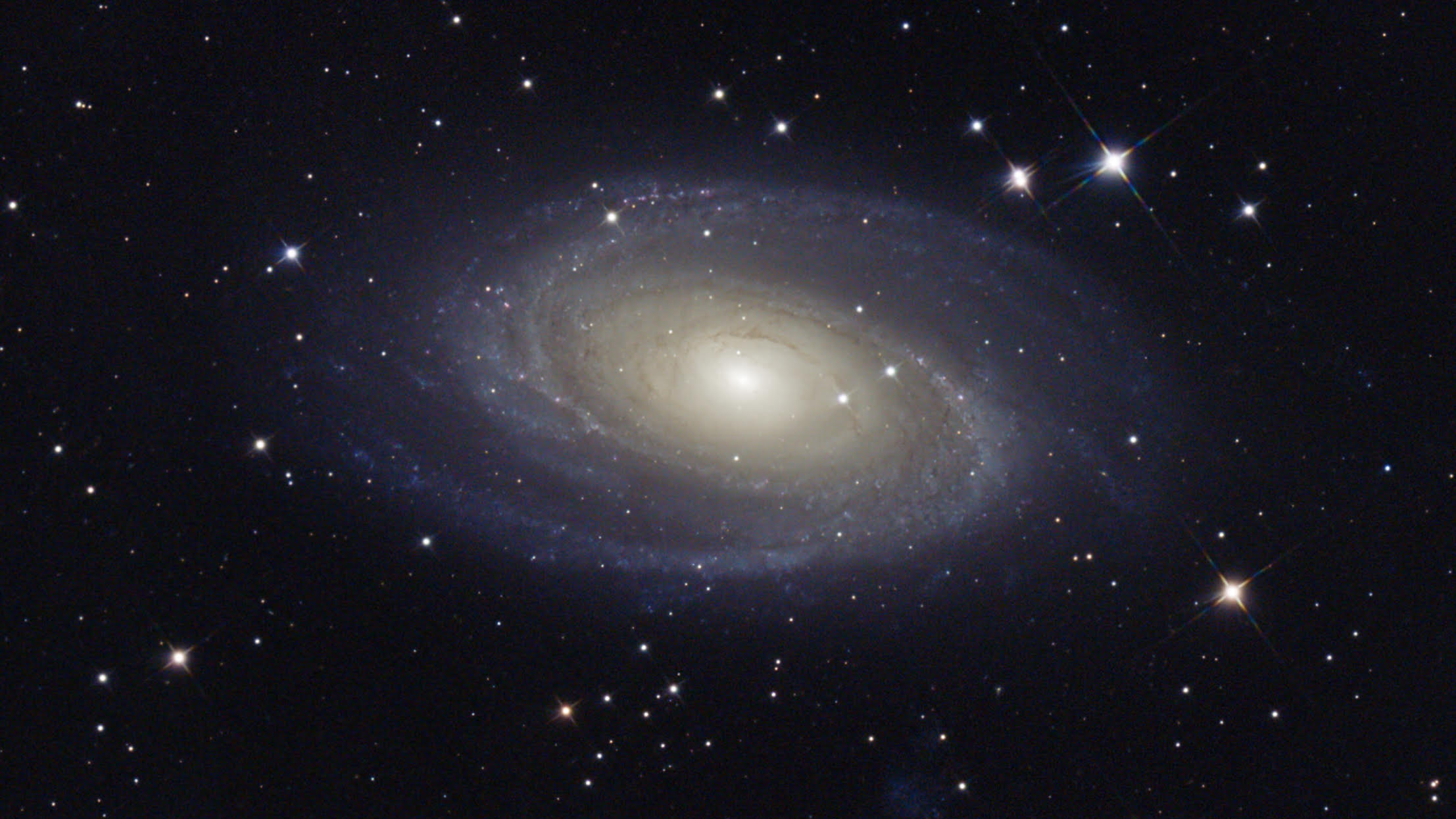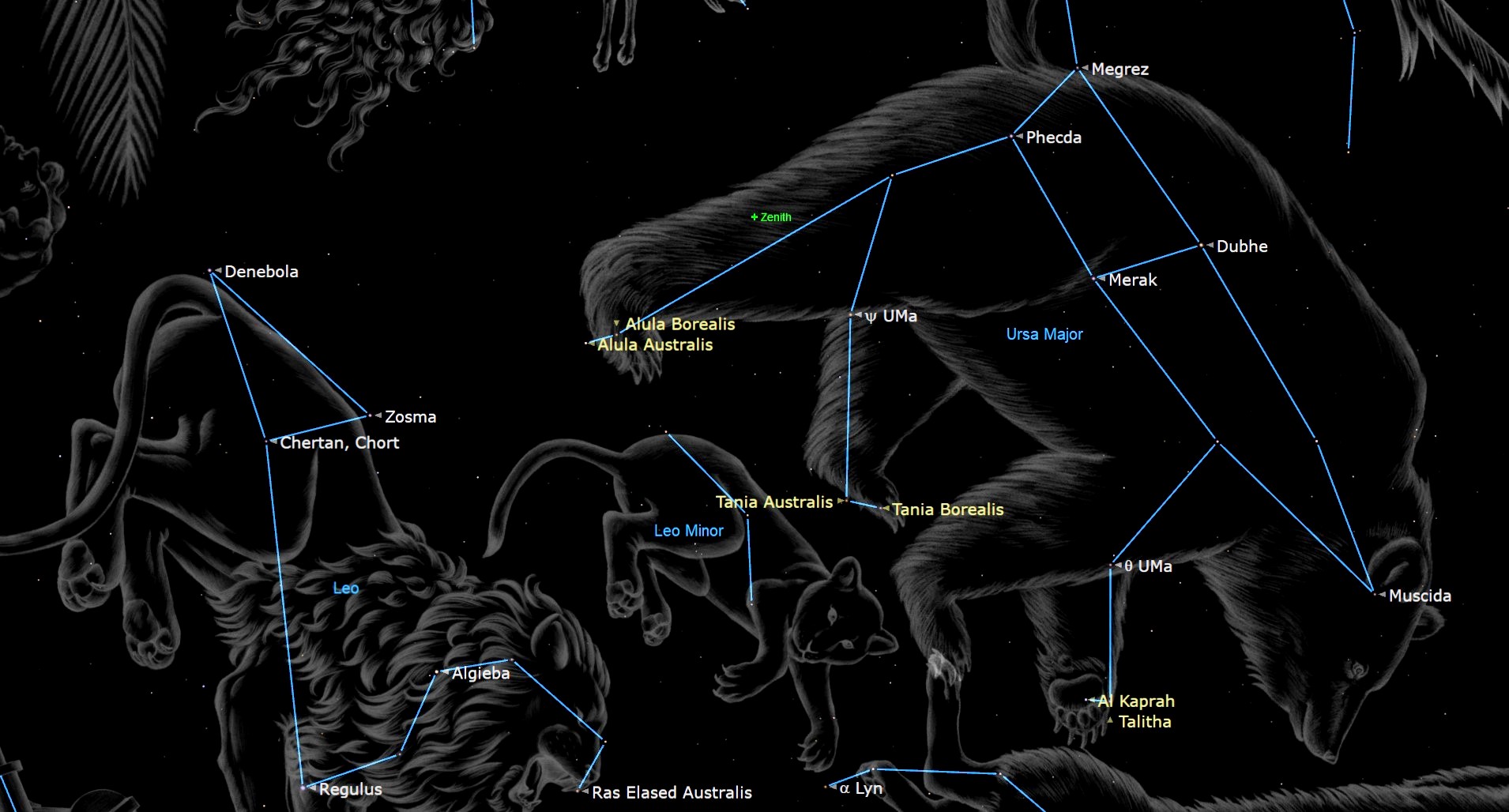Matter and antimatter respond to gravity in the same way, study finds
It's still unclear what makes matter and antimatter so different.

Matter and antimatter behave the same way under the influence of gravity, a new study found, leaving scientists no wiser as to what makes the two different.
Antimatter is the puzzling stuff created during the Big Bang together with normal matter. It is virtually normal matter's mirror — exactly the same, only with the opposite electrical charge. For every proton, there should be an antiproton, for every electron an antielectron, which is also known as a positron.
When antimatter meets matter, the two annihilate each other, creating energy in the process. At least, that's what experiments at cutting-edge particle accelerators show. In theory, there should be equal amounts of antimatter and matter in the universe, canceling each other out, leading to the existence of exactly nothing.
But what we actually have is a universe made of matter with very little antimatter. Scientists are therefore eager to learn more about matter's missing sibling to understand why matter survived and antimatter didn't, which ultimately led to our existence. Antimatter also doesn't fit neatly into theoretical models that try to explain the physics underpinning the universe.
Related: The Universe's Dark Secret: Where Did All the Antimatter Go?
A recent experiment conducted at The European Organization for Nuclear Research (known by its French acronym, CERN) in Switzerland suggested that the interactions of the matter and antimatter with gravity, the fundamental force governing many processes in the universe, is not what differentiates them.
In the experiments, conducted over an 18 month period at CERN's antimatter factory (yes, such a place really exists), the scientists found that matter and antimatter particles responded to gravity in the same way, with an accuracy of 97%.
Get the Space.com Newsletter
Breaking space news, the latest updates on rocket launches, skywatching events and more!
How exactly did they measure it? They used a device called the Penning trap, named after the early 20th-century physicist Frans Penning. This device can store charged particles in a magnetic field, making them circle around with a frequency that corresponds to the magnetic field's strength and the particle's charge-to-mass ratio.
The researchers fed antiprotons and negatively charged hydrogen ions (as a substitute for protons) into the device and measured how they circled around. The experiment provided results that are four times more precise than what had been achieved previously, the scientists said in a statement.
Because the experiment was conducted on Earth, the particles were under the influence of the planet's gravity. Had the interactions of the particles and antiparticles with gravity been different, the measurements would have produced different results, the scientists argued.
The "accuracy of the gravitational interaction obtained in this study is comparable to the accuracy goal of the gravitational interaction between antimatter and matter that other research groups plan to measure using free-falling antihydrogen atoms," Stefan Ulmer, a physicist at the Japanese research institute RIKEN who oversaw the CERN experiment, said in the statement. "If the results of our study differ from those of the other groups, it could lead to the dawn of a completely new physics."
It seems that we still have to wait to learn what makes matter and antimatter different.
The study was published in the journal Nature on Wednesday (Jan.5)
Follow Tereza Pultarova on Twitter @TerezaPultarova. Follow us on Twitter @Spacedotcom and on Facebook.
Join our Space Forums to keep talking space on the latest missions, night sky and more! And if you have a news tip, correction or comment, let us know at: community@space.com.

Tereza is a London-based science and technology journalist, aspiring fiction writer and amateur gymnast. Originally from Prague, the Czech Republic, she spent the first seven years of her career working as a reporter, script-writer and presenter for various TV programmes of the Czech Public Service Television. She later took a career break to pursue further education and added a Master's in Science from the International Space University, France, to her Bachelor's in Journalism and Master's in Cultural Anthropology from Prague's Charles University. She worked as a reporter at the Engineering and Technology magazine, freelanced for a range of publications including Live Science, Space.com, Professional Engineering, Via Satellite and Space News and served as a maternity cover science editor at the European Space Agency.









